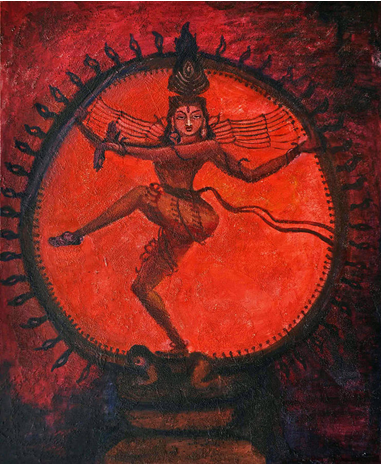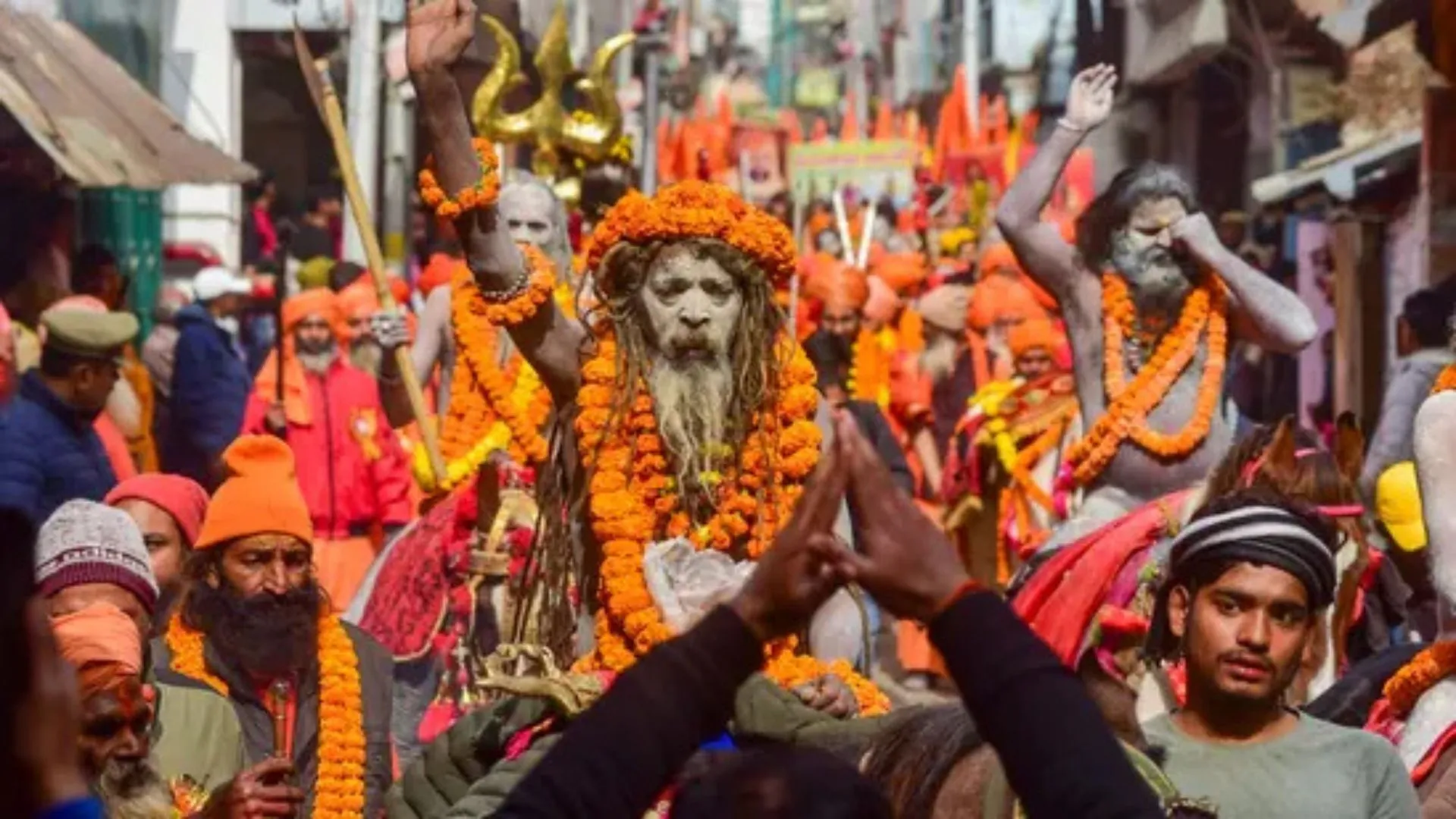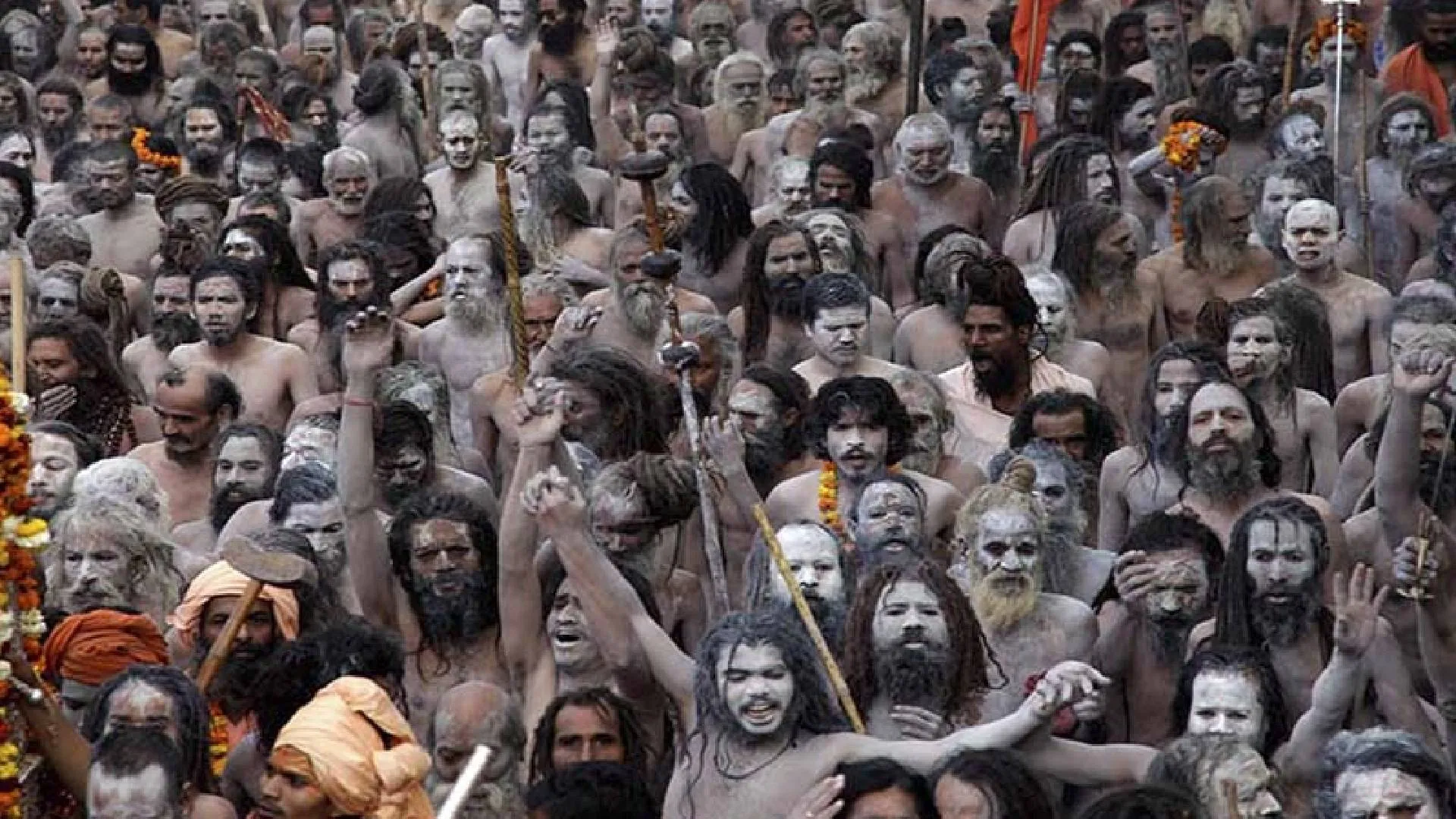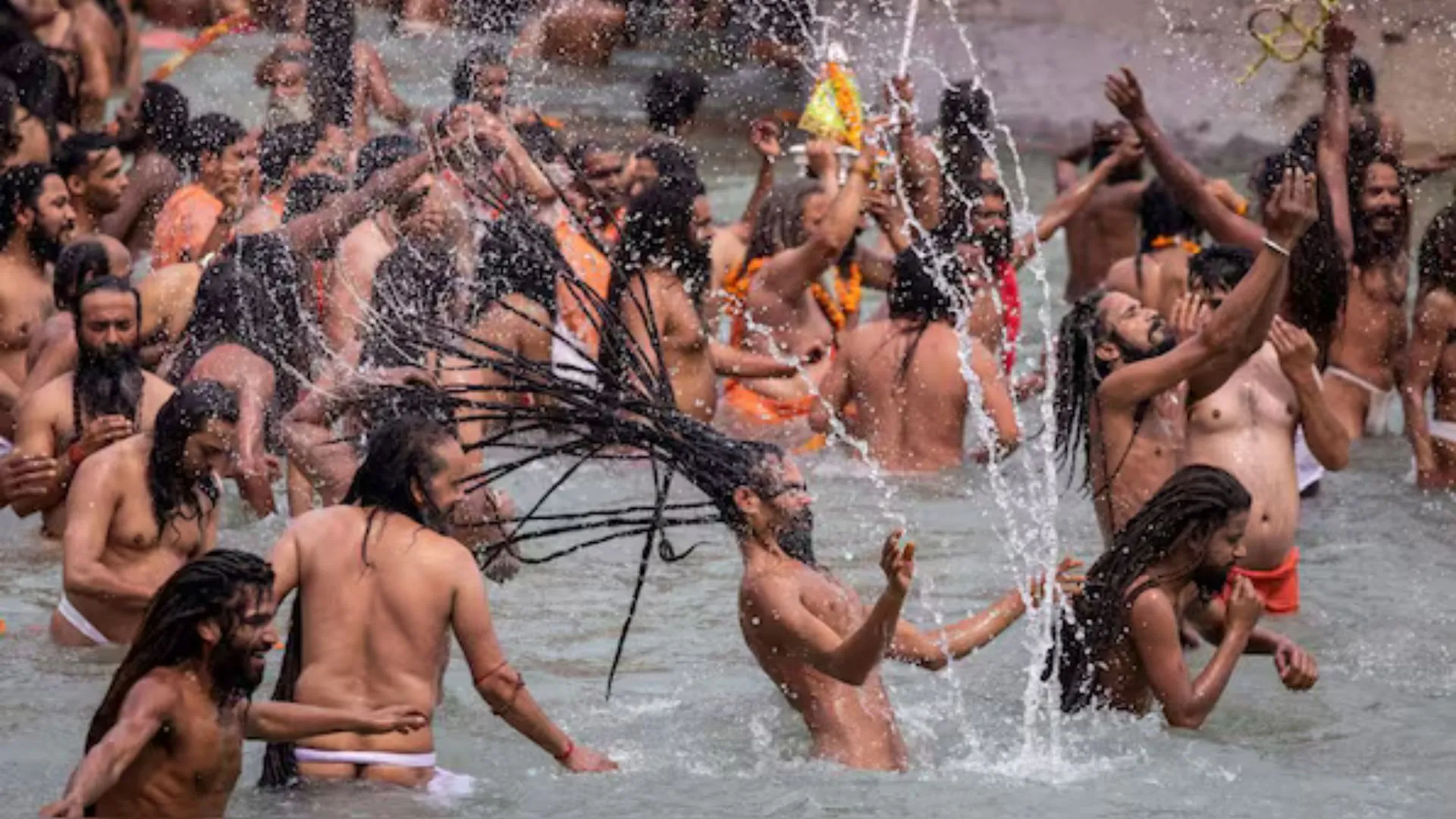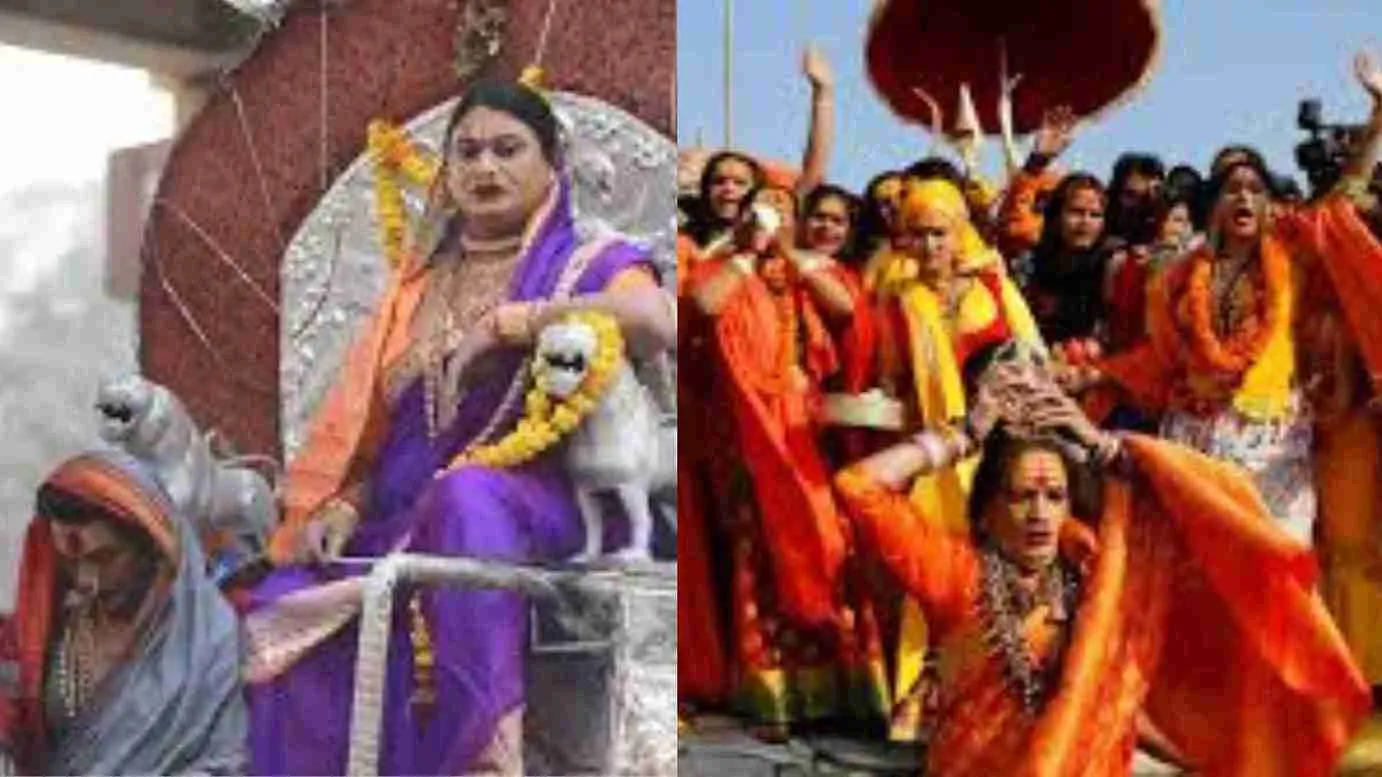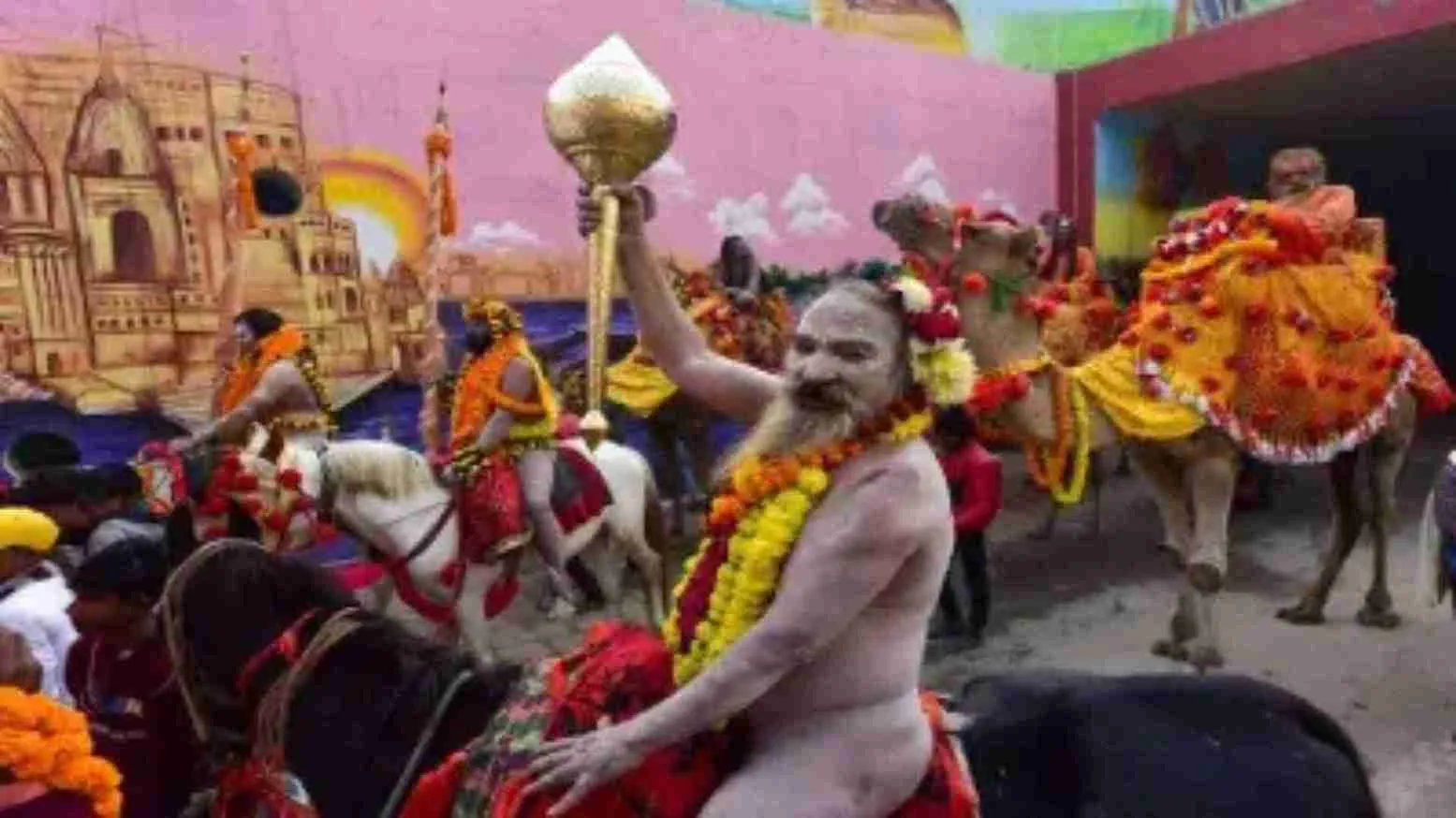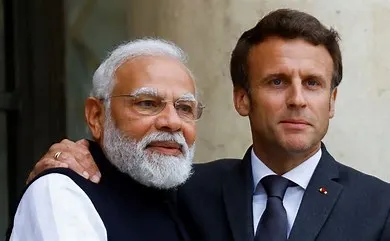Shiva, the lord of time, dances the Ananda Tandava, or the dance of bliss on the supreme night of awakened awareness.
Who is Shiva? Who is the divine dancer who commands time and space. He existed before there was time. He will exist when everything is annihilated- when matter, space and time have collapsed into nothingness.
The parallel between Shiva’s Tandava and the dance of subatomic particles was discussed by Fritjof Capra in The Tao of Physics, “The Dance of Shiva symbolises the basis of all existence… According to quantum field theory, the dance of creation and destruction is the basis of the very existence of matter… a pulsating process of creation and destruction. For the modern physicists then, Shiva’s dance is the dance of subatomic matter, the basis of all existence…” A Nataraja statue at CERN underlines the significance of the metaphor of Shiva’s cosmic dance.
Shiva is Nataraja, the lord of dance. The Tandava is Lord Shiva’s powerful, vigorous and forceful dance. He taught the dance to his ganas, and assigned Tandu to teach this physical expression of joyous bliss to Bharata Muni, who created the Natya Shastras. There is a feminine counterpart, Lasya, performed by Shakti, Shiva’s counterpart, which is gentler and more fluid.
Shiva’s Tandava is said to have seven distinct expressions.
The Sandhya Tandava was performed by Lord Shiva at the twilight of creation when the world was poised between day and night. It was the dance of creation that emerges out of destruction of a prior srishti or creation.
Ananda Tandava or Sada Tandava, the ecstatic dance of Lord Shiva was performed to reveal himself in his true form to the sages. Here he dances atop apasmara who represents ignorance. The Tandava epitomises the five manifestations of eternal energy- Srishti (creation), Sthiti (preservation), Samhara (destruction), Tirobhava (illusion) and Anugraha (emancipation). In Chidambaram temple, the deity is represented in this pose.
Kali or Shakti Tandava was performed by Shiva and Kali. It symbolises the sacred essence of creation. Space-time and matter-energy, which are the various expressions of Shakti, are unified, sustained and destroyed through the innate cosmic awareness represented by Shiva. This results in the appearance, existence and annihilation of the universe. Shakti cannot be separated from Shiva, who has the power to create only when united with Shakti.
Tripura Tandava is the fabulous dance performed by Shiva after killing the three rakshasas, Tarakaksha, Kamalaksha and Vidyunmali. He fought the rakshasas driving the earth as his chariot, Meru as the bow, Sun and Moon as the wheels, Adishesha as the rope, Lord Vishnu as the arrows, four vedas as horses and Lord Brahma as the charioteer.
By destroying these rakshasas he freed the three worlds from evil. Sati Shiva Tandava was performed by Shiva and Sati. It represents the eternal dance of Man and Woman, depicting the unity of Purush and Prakriti which also integrates both the Tandava and the Lasya. Ardhanari Tandava expresses the unity between Nature and God. Shiva took Parvati as a part of himself and assumed the form of Ardhanareeswara – one half man the other half woman in this beautiful dance.
Samhara Tandava is the fearsome dance of annihilation and the release of terrible emotional pain. When Sati burned herself to ashes by leaping into her father Daksha’s yagna, Shiva, in fiery anger, danced so vigorously that the gods feared the destruction of the three worlds.
Deepam Chatterjee is the author of The Millennial Yogi. He can be contacted on deepamchatterjee@yahoo.co.in

